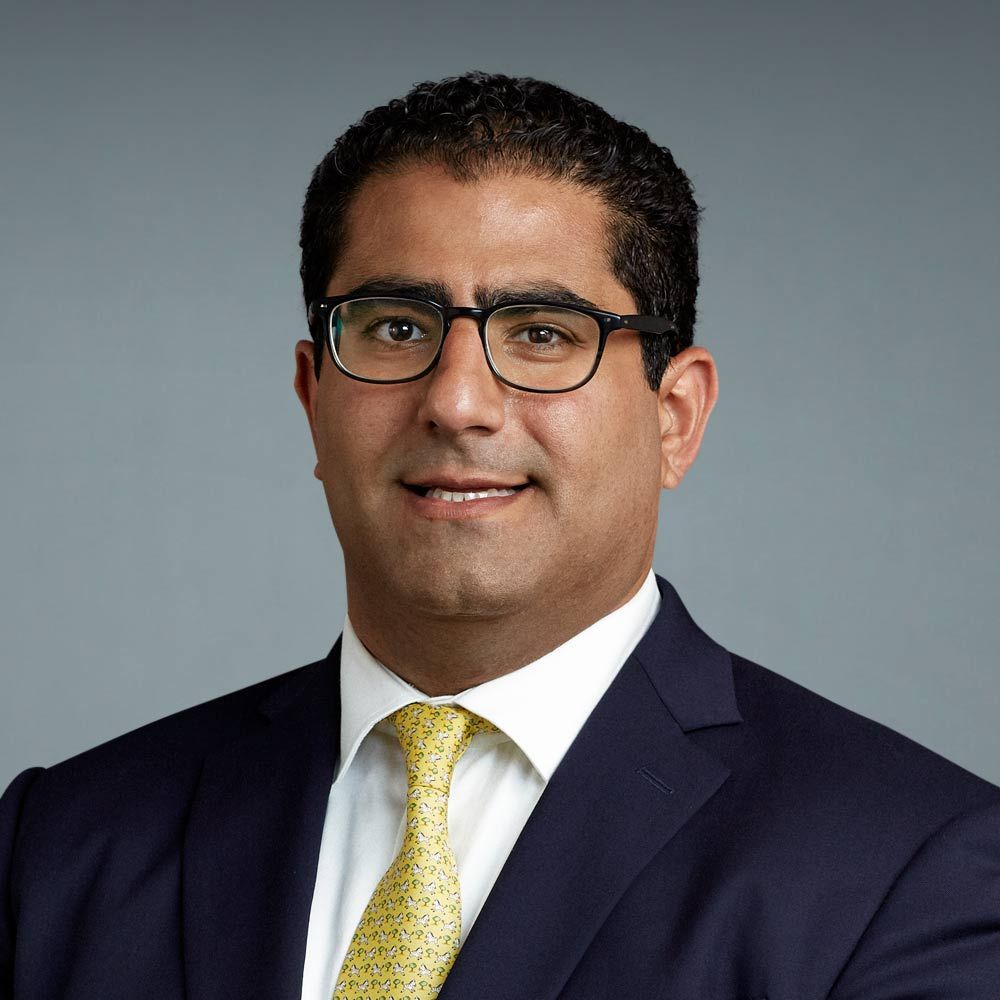Publication
Article
CURE
Should Lung Cancer Screening Be Standard?
Author(s):
Early lung cancer screening for high-risk people, including smokers, is an emotional and debatable topic.
Early lung cancer screening for high-risk people, including smokers, is an emotional topic. Some clinicians push for national screening while others call it risky and irresponsible.
Because of the debate, there’s no official recommendation for lung cancer screening in smokers, let alone never-smokers. Clinicians trying to give sound advice to patients even find themselves bewildered by the spate of recent studies with conflicting conclusions.
“Screening is still an open question. I would not regard it as a fixed matter, and I don’t know when it will be,” says Adi Gazdar, MD, from the University of Texas Southwestern Medical Center in Dallas.
The idea of screening is to catch cancers early, when surgical removal might increase survival. But in March, researchers reported that spiral CT (computed tomography) scanning for lung cancer, which combines multiple X-rays into three-dimensional images, does not save lives. To date, a controlled randomized trial—the ideal type of study—comparing longterm outcome with screening compared with no screening has not been conducted using CT scans.
CT scans do find lots of previously unknown lung cancers, a research team reported in the Journal of the American Medical Association. But the number of screened patients who died from lung cancer was about what it would have been without screening. Of note, this study compared a different group of patients that were not screened, but it was not a randomized trial.
The JAMA paper concluded many of the cancers caught were indolent, meaning they were so slow-growing they might never have threatened a person’s life. But the extra surgeries prompted by the scans do cost some lives, the authors noted, and the scans themselves rely on low-dose radiation that can trigger rare chest cancers.
Another study published late last year in the New England Journal of Medicine concluded the opposite. The International Early Lung Cancer Action Project, led by Claudia Henschke, MD, PhD, at Weill Medical College of Cornell University in New York, found spiral CT screening- detected cancers were associated with a 10-year survival rate of 88 percent, far higher than would be expected for unselected lung cancer cases or even stage 1 lung cancers.
The NEJM study was criticized because although researchers found 484 cancers in people who had no idea they had cancer, they couldn’t know how many of those cancers would have gone on to cause harm.
In 2004, a federal task force concluded there was not enough evidence to recommend CT scans or two other screening methods, chest X-rays and sputum cytology (testing phlegm for cancer cells), for lung cancer. The U.S. Preventive Services Task Force found lowdose CT scans were four times more sensitive at detecting cancers than chest X-rays, but were also associated with more false-positives, greater radiation exposure, and higher cost. Each technique did detect lung cancer earlier than in unscreened populations, the task force wrote in the Annals of Internal Medicine, but no data showed decreased lung cancer mortality.
Now, the National Cancer Institute is sponsoring a major study of 50,000 people who have been randomly assigned to have CT scans or chest X-rays, and will compare death rates in the two populations. The National Lung Screening Trial is scheduled to follow participants through 2009.
Dr. Gazdar predicts even that study will be controversial when results are released. “If you’re in the non-CT scan group, chances are you’ll go and get it done privately, so I think it’s going to be problematic.”






